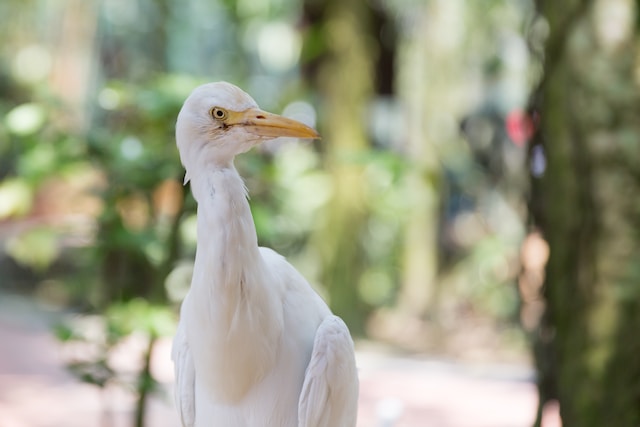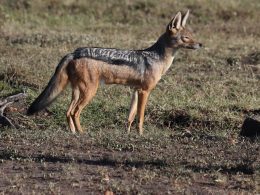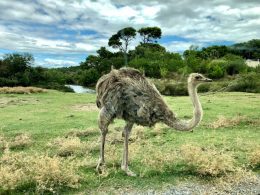Doves, with their gentle cooing and graceful flight, have captured the hearts of many nature enthusiasts. These beautiful birds belong to the Columbidae family and are known for their distinctive features and unique characteristics. In this comprehensive guide, we delve into the different types of doves, shedding light on their varied plumage, habitats, and behaviors.
- Mourning Dove (Zenaida macroura):
The Mourning Dove, recognized by its soft, mournful coo, is one of the most widespread and recognizable dove species in North America. With its delicate build and a pale, grayish-brown body, it exudes an understated elegance. Its long, pointed tail and characteristic wing whistle during flight make it a familiar sight in open fields and woodlands.
- White-winged Dove (Zenaida asiatica):
The White-winged Dove boasts striking white patches on its wings that become vividly visible during flight. Native to the southwestern United States and parts of Central America, this species is known for its distinct vocalizations, often characterized as a throaty “who-cooks-for-you” call. Its adaptability allows it to thrive in both urban and rural environments.
- Eurasian Collared Dove (Streptopelia decaocto):
Originally hailing from Asia, the Eurasian Collared Dove has successfully colonized various regions worldwide. Its most notable feature is the black half-collar pattern across its nape. With a plump body and a peachy-buff hue, this species is often found in gardens, farmlands, and urban areas. Its soft, rhythmic cooing has become a familiar sound in many neighborhoods.
- Diamond Dove (Geopelia cuneata):
The Diamond Dove, a small and endearing species native to Australia, showcases intricate markings on its wings and a vivid white-spotted breast. Its gentle, melodic calls resemble the tinkling of tiny bells. These doves prefer arid habitats and are often seen foraging on the ground for seeds, grains, and insects.
- Rock Dove (Columba livia):
The Rock Dove, commonly referred to as the pigeon, is a highly adaptable species found in urban environments across the globe. Despite being associated with city life, this dove exhibits various plumage variations, including shades of blue, gray, and white. Its sturdy build and iridescent feathers are remarkable features that contribute to its survival in diverse habitats.
Conclusion:
Doves, with their diversity and enchanting qualities, continue to captivate bird enthusiasts worldwide. This guide has explored a selection of dove species, each with its own unique characteristics and behaviors. From the mournful coo of the Mourning Dove to the striking white-wing patches of the White-winged Dove, these birds are a testament to the wonders of nature.
Whether you find solace in their calming calls or marvel at their ability to adapt to different environments, doves remind us of the delicate balance that exists within our ecosystem. The next time you spot a dove perched on a branch or gracefully gliding through the sky, take a moment to appreciate the beauty and diversity that lies within the world of doves.












